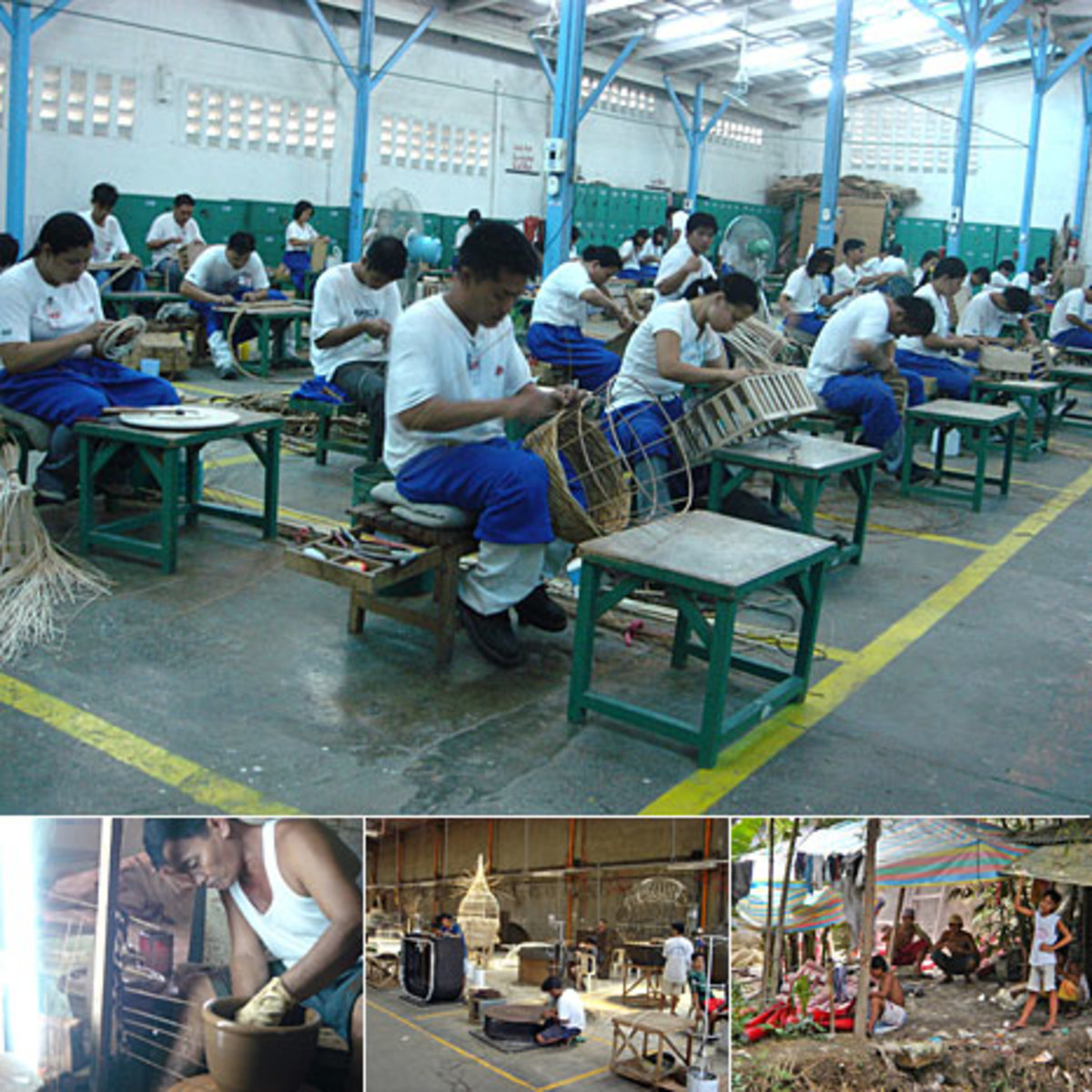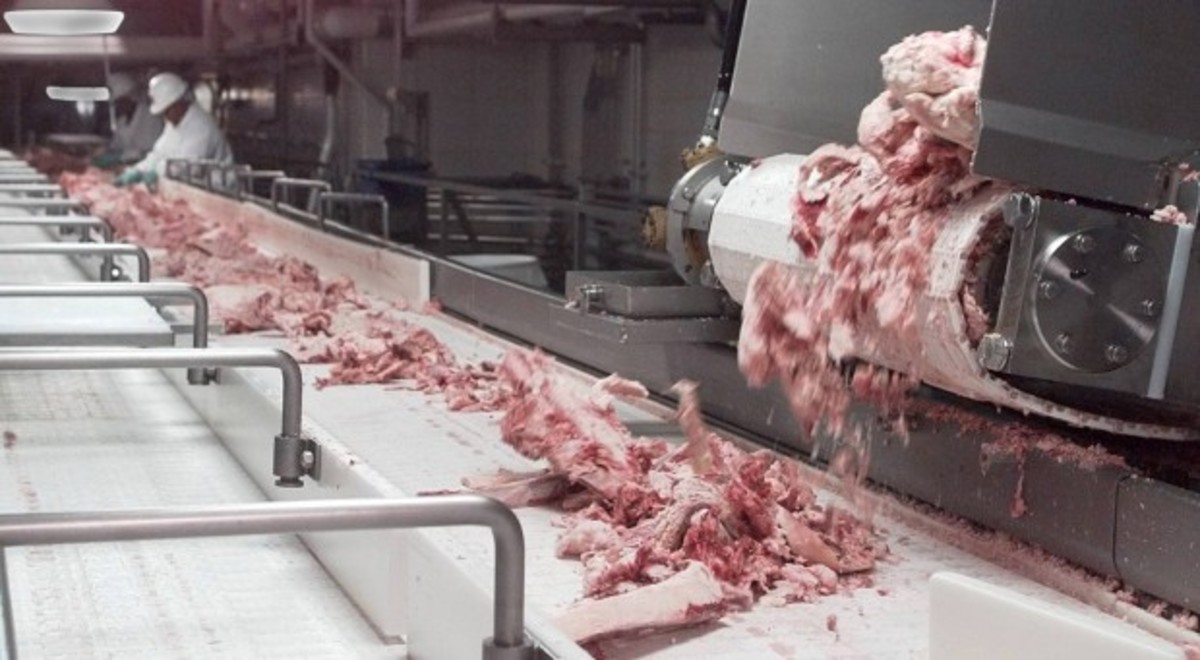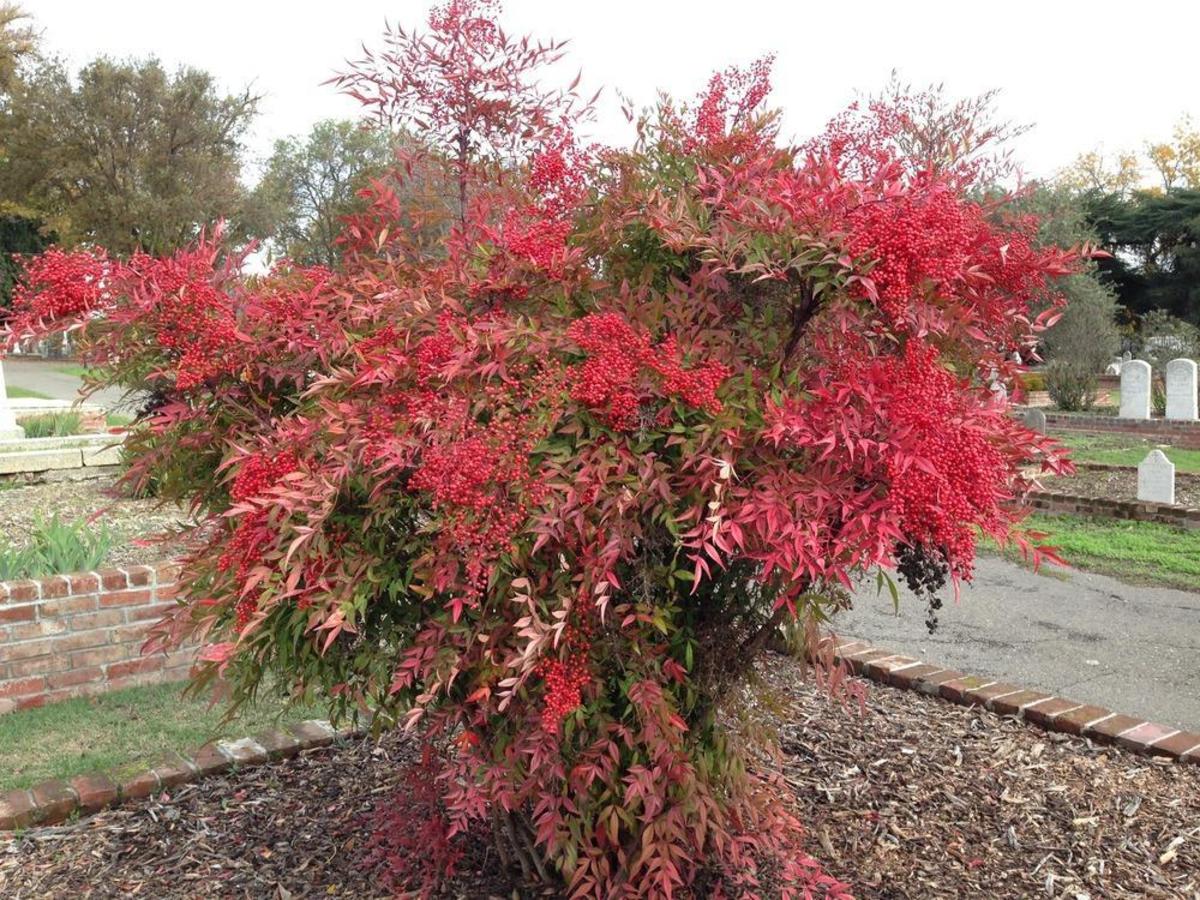- HubPages»
- Politics and Social Issues»
- Environment & Green Issues»
- Disasters & Recovery
Bamboo’s versatility in food, décor and furniture production
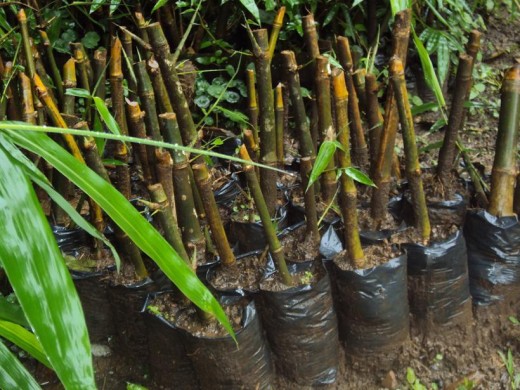
Changing Perception
For some time, the bamboo has been one of the most underrated wood resources of this planet. Unlike the more popular hard woods that grace the plush and neat homes of the affluent, bamboo has been relegated to a “second class citizen,” of less worth, and for many, not that worthy of commercial value but simply usable for small decorative purposes only.
Today, we see a revolution in the use of the bamboo and its position in the line of prestige of the wood industry. Bamboo actually belongs to the grass family, one might say the “hard wood grass family,” since species of woody bamboos exist. But even in the face of its hardiness, the giant bamboos are still technically considered as members of the grass family.
Perhaps it is bamboo’s affiliation with grass, and therefore associated with a certain type of weakness or softness, that made bamboo less visible as an acceptable mainstream piece of furniture and fixture. But a Chinese philosopher once remarked that a man must be like a bamboo—pliant, flexible, versatile that can bend under adverse circumstances, as when a strong wind blows, and can stand back and return to its grandiose pose after a disastrous, challenging event.
I had a friend who went into the bamboo processing industry and who made his own inventions to create one of the most admirable, spectacular products available in the market today. His name is Robert Palomares from Iligan City, a former local government official who turned entrepreneur and scientist. He started everything from the backyard of his own home, turning it into a micro bamboo processing plant, using practical synthesized machines he invented, and later building a bamboo-curing plant, yes right in his backyard.
He hired and trained unemployed men from his own community in Luinab, a sitio of Iligan City to produce one of the finest, innovative and competitive bamboo products ever produced today. Later he would organize his own marketing company, Homebiz Crafts to promote and sell the products, all made of bamboo.
Iligan City
Amazing Uses of the Bamboo
Until recently I never knew that the leaves of the bamboo can be used as a concoction—a tea drink. The leaves are placed in boiling water and the slightly dark liquid is taken as refreshment. The leaves come from the herbaceous bamboos of the Tribe Olyreae. Come to think of it, there are more than 1,400 species of bamboo in 115 genera. That’s an awesome collection for a selection.
In most Southeast Asian countries, bamboo shoots are used as food, to add flavor to recipes or as a main course meal. Stirfried Bamboo Shoots is one of the most popular food menus in Thailand. Tender bamboo shoots are sliced from freshly cut shoots and mixed with vegetable ingredients such as bell pepper, minced garlic, shrimps, Chinese onion leaves, and other spices.
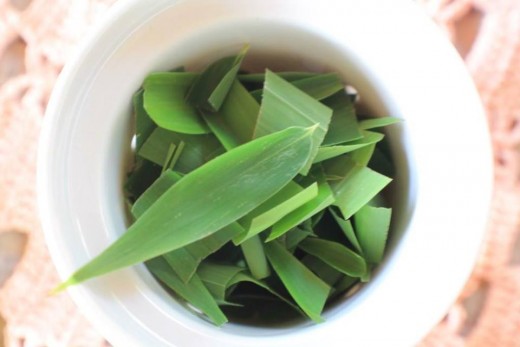
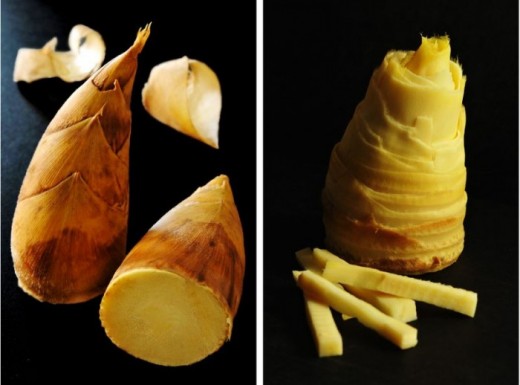
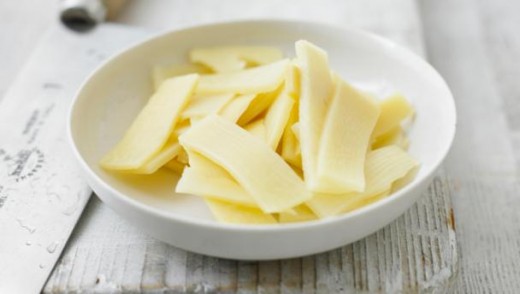
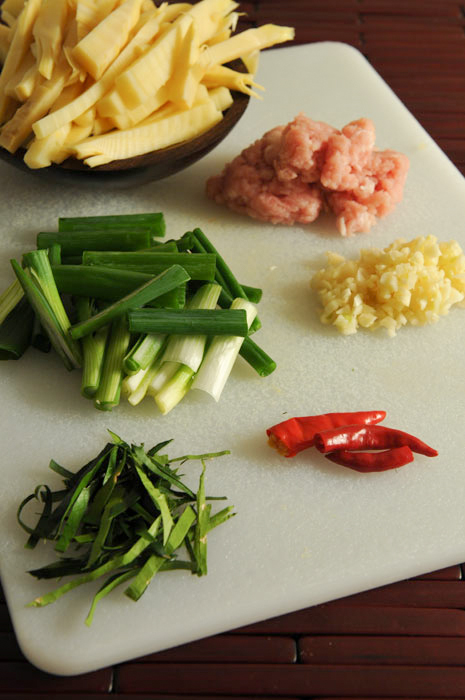
Food
According to Clarissa Hyman, fresh bamboo shoots contain toxins that are destroyed by cooking, so the shoots should be blanched or boiled before their use. There are also canned shoots that are best rinsed before use. “Dried bamboo shoots need long soaking and slow, separate cooking before being included in a recipe.”
There are also vacuum-packed shoots as well as pickled, salted and dried shoots sold in some Asian shops.
Frame, Decor, Fixture
Bamboos of the tropical and temperate woody species (i.e., Tribe Bambuseae and Tribe Arundinarieae) can be converted into bamboo planks for flooring and walling purposes, similar to wood planks. It has also been tried as a frame for bicycles. Bamboo is also one of the most widely used plants for landscaping and interior decoration.
The recent National Bamboo Congress held last October at the World Trade Center in Manila highlighted the importance of the bamboo industry in the Philippines’ socioeconomic and environmental development. The National Greening Program encourages communities to plant bamboo as a fast growth plant to mitigate the adverse effects of climate change by enhancing the sequestration of carbon from the atmosphere.
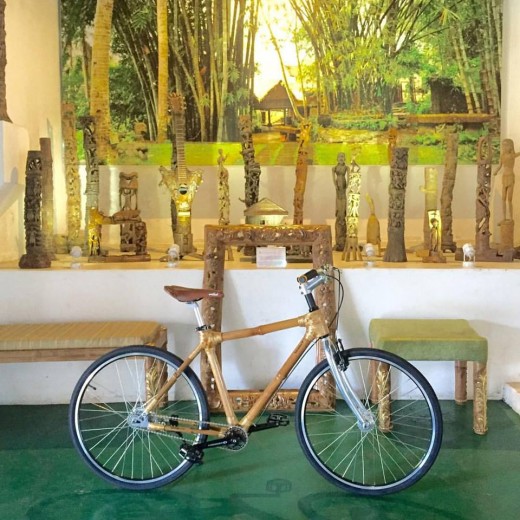
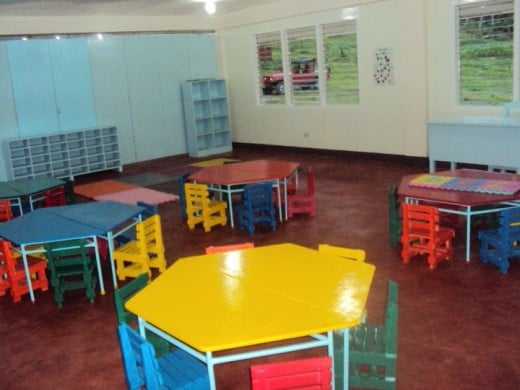
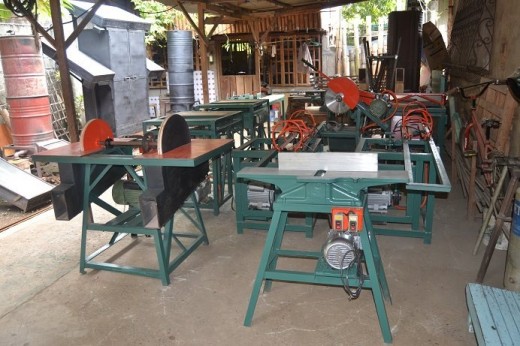
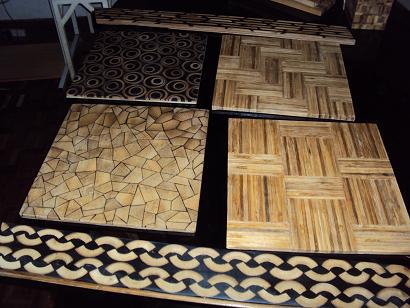
Increasing Demand Worldwide
As part the Philippine government’s commitment to the Association of Southeast Asian Nations (ASEAN) to plant a total of the 20 million hectares, the country has committed to plant 1 million hectares of bamboo in which 500,000 hectares would be located in land along riverbanks.
Based on data given by the International Network for Bamboo and Rattan (INBAR) the major markets for bamboo products today are the European Union, United States, Japan, Canada, China, Singapore, South Korea, Malaysia, Mexico, and Australia.
Technote Bamboo Philippines, a local company reports that in 2007 their Japanese consultant, Aki Tsuji started to conduct a series of tests with various species of bamboo and successfully composed thin sheets of bamboo veneers. Tsuji also believed that bamboo will replace strong alloys that can be utilized in various ways. He eventually produced thin sheets of bamboo veneers manufactured from his invented veneering machine. The company plans to employ 10,000 people in Mindanao by 2017 to produce and sell pre-fabricated housing materials.
The Department of Trade and Industry (DTI) reports that in 2009, the Philippines was among the top exporters of bamboo products, ranking sixth worldwide with a total export value of $30 million, based on the International Network for Bamboo and Rattan. As of 2013, The Philippine Bamboo Industry Development Council has launched a program that aims to utilize about 150,000 to 166,000 hectares of land for bamboo plantations, since the demand for bamboo products has reached US $10 billion. “Bamboo is fast becoming a cost-effective and attractive alternative to wood, plastic, and metal that can generate more jobs and self-employment opportunities,” said Undersecretary Merly Cruz of the DTI.
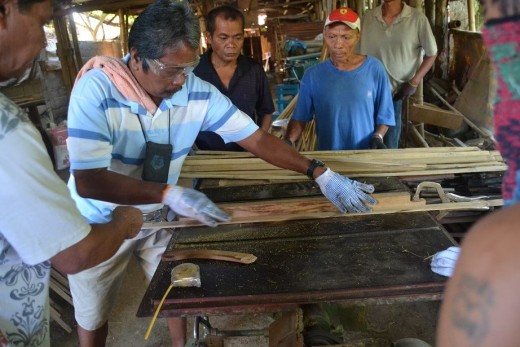
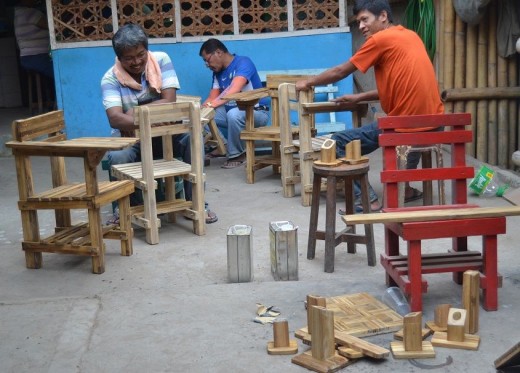
The Private Initiative into Bamboo Processing
According to the Department of Science and Technology in Manila, “handicrafts, bamboo poles, bamboo shoots production, textiles, charcoal, furniture, pulp and paper and engineered bamboo products like bamboo flooring and bamboo panels are among the various products and applications that can be derived from bamboo.”
The government agency estimates that today, about 1 billion people around the world depend on bamboo for their livelihood as the bamboo industry has reached US$ 7 billion to US$ 10 billion dollars. Bamboo, like water will become the commodity of the future and would be a crucial product in the mitigation of natural disasters.
Even growing bamboo has become a profitable activity. Craig Wallin writes in Golden Harvest that bamboo is a high-value crop for small growers who can make $60,000 a year growing bamboo. In his estimate, a container-grown bamboo, on average, sells for $30 each. In a quarter acre, one can fit 2000 plants. Selling 2400 plants priced at $30 a piece will get one a handsome gross sales of $60,000. Bamboos must be grown on healthy soil. The trees also thrive in temperate regions. This does not preclude the possibility of planting bamboo in colder regions like the USA.
Robert Palomares, after having studied carefully the science of bamboo processing devised his own machines to process bamboo, from cutting to flattening, to curing, and laminating, turning harvested bamboos into innovative furniture and fixtures for homes and schools. His success led local governments in Mindanao to seek his services in training people on bamboo processing production using his techniques and machinery for livelihood purposes. Today he has handled a number of training sessions and produced high quality products for markets outside the Philippines.


